15 Ways to Boost Your Retirement Savings in 2022 and Beyond

15 Ways to Boost Your Retirement Savings in 2022 and Beyond
Don't wait to plan for the future
Building up a solid nest egg for retirement isn't something that happens overnight. It requires dedication, determination, and consistent action to move toward and achieve your financial goals.
Don't wait to take these 15 simple and attainable steps to boost your retirement savings, starting right now.
5 Stocks Under $49
Presented by Motley Fool Stock Advisor
We hear it over and over from investors, “I wish I had bought Amazon or Netflix when they were first recommended by The Motley Fool. I’d be sitting on a gold mine!" It's true, but we think these 5 other stocks are screaming buys. And you can buy them now for less than $49 a share! Click here to learn how you can grab a copy of “5 Growth Stocks Under $49” for FREE for a limited time only.
Previous
Next

1. Put aside a set dollar amount each month
Ideally, your retirement stash will include a mix of elements, including a robust savings account, a well-stocked emergency fund, one or more retirement accounts, and a diversified investment portfolio containing a mixture of asset types. One of the first steps toward building a solid nest egg for retirement is to make it a habit to add to it on the regular. One of the easiest ways to do this is to simply set aside a specific dollar amount from your salary each month to put toward retirement.
You can easily arrange monthly automatic transfers into your savings or retirement accounts to make the process as seamless as possible. Even if you are decades away from retirement, it's never too early to start contributing to that nest egg.
And don't worry if you're not able to make large contributions to start. Even consistently setting aside a few hundred dollars a month and building those contributions as the years go by and your income increases can make a significant difference for your retirement fund over the long haul.
ALSO READ: Should You Invest Right Now or Take Your Money and Run?
Previous
Next

2. Make saving for your retirement part of your monthly budget
If you find that monthly contributions to your retirement savings seem to fall by the wayside, there's a simple fix for that. You don't want to wait until the end of each month and only put whatever you have left over toward your retirement fund. Instead, make your retirement fund a defined slice of your monthly budget. Consider contributions to your retirement fund a nonnegotiable aspect of your budget, just like paying your mortgage, rent, or car payment.
Previous
Next

3. Moderate your cost of living even as your income increases
As you progress throughout your career, you will likely see your income grow with time. When this happens, it's often tempting to upgrade your style of living as your earning potential expands.
No one is saying that you shouldn't enjoy the money you worked so hard to earn. That being said, in keeping your cost of living to a general baseline even as your income increases, you can ensure that you moderate your living expenses to a certain degree of consistency, while increasing the amount of capital you have to save for the future, invest, and/or put toward retirement.
ALSO READ: Is Inflation Affecting Your Retirement Savings Strategy? 3 Things to Try Right Now
Previous
Next

4. Regularly contribute to your investment portfolio
A solid investment portfolio should be a key part of your retirement savings strategy. There are many ways to construct a profitable portfolio that delivers steady returns over time. Whether you like to invest in stocks, bonds, funds, real estate, or all of the above, adding regularly to a basket of quality holdings can help you achieve steady and profitable portfolio performance over a period of years, leaving you with a solid pool of investments to rely on in your retirement.
Previous
Next
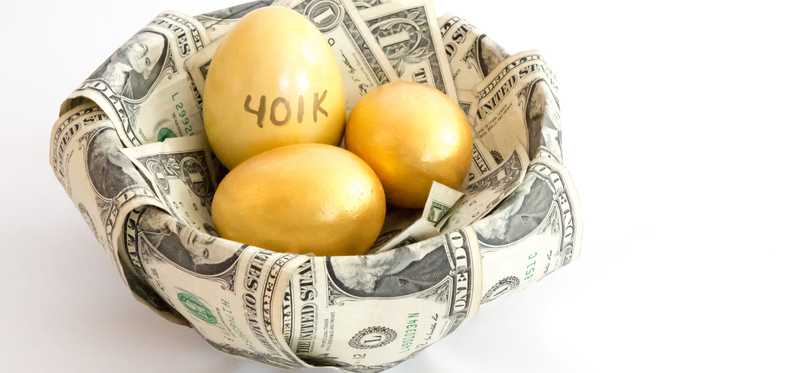
5. Diversify your investments
In working to build an investment portfolio that delivers optimal performance and compounding returns over the years, one key element to achieve this goal is to ensure that your investments are properly diversified. The approach you take to diversify your investments will depend greatly on the types of assets you favor and your general aptitude for risk in your portfolio.
Some investors prefer to stick entirely to equities, distributing their capital across a wide variety of companies in various industries and sectors. Others prefer to invest in equities along with other types of asset classes, such as bonds or commodities.
Any investment you select for your portfolio should be bought with a long-term investing horizon in mind and a thorough understanding of the underlying asset involved.
5 Stocks Under $49
Presented by Motley Fool Stock Advisor
We hear it over and over from investors, “I wish I had bought Amazon or Netflix when they were first recommended by The Motley Fool. I’d be sitting on a gold mine!" It's true, but we think these 5 other stocks are screaming buys. And you can buy them now for less than $49 a share! Click here to learn how you can grab a copy of “5 Growth Stocks Under $49” for FREE for a limited time only.
Previous
Next

6. Reinvest your dividends
No matter your investing style or preferences, dividend stocks can lend many benefits to your portfolio. Not only can dividend stocks considerably boost your investment income over the long term, but they can provide an additional source of capital to put back into your portfolio as you consistently build it over time.
While most dividend stocks don't fit the profile of high-growth stocks, the stability and more predictable returns that the best dividend stocks provide are attractive to investors of all ages.
ALSO READ: Want $7,800 in Passive Income? These 2 Monster Stocks Just Raised Their Dividends
Previous
Next

7. Don't claim Social Security right away, even if you're close to eligibility
Most Americans know that you can claim your Social Security as soon as you turn 62. However, there are a variety of benefits to waiting until you reach age 70. The chief of of these is the fact that the amount of the benefit you can claim will be considerably higher if you claim Social Security at your full retirement age rather than as soon as you reach base eligibility.
And if you do decide to claim Social Security early, there are still ways you can maximize the amount of money you receive to plan for a more financially comfortable retirement.
Previous
Next

8. Don't let your long-term financial plan be an afterthought
If you're still decades away from retirement, you may be considering whether it's even worthwhile to start saving for that period in your life just yet. Here's the thing: The future is unpredictable, and if you wait to prepare for it, it may just take you by surprise.
Even seemingly small steps, such as putting $200 a month into your retirement fund on a regular basis starting now, can form solid habits that eventually turn into financial muscle memory and give you tremendous peace of mind as you get closer to your retirement years.
ALSO READ: Why I'm Putting Retirement Savings Ahead of College Savings
Previous
Next

9. Slash discretionary expenditures, even the ones you think don't count for much
It's funny how all the little expenses here and there add up over time. Now, you're not realistically going to slash all your discretionary expenses, and you probably wouldn't want to. However, making it a habit to think twice before you spend money on something -- and considering whether the money might be better used elsewhere, saved, or put toward retirement -- can help you avoid frivolous expenditures that you end up regretting later.
Previous
Next
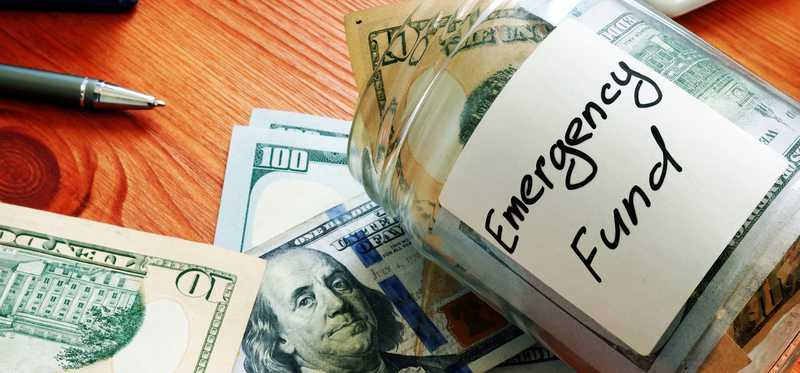
10. Include a well-stocked emergency fund in your retirement plan
There is no way to overstate the importance of an emergency fund in your long-term retirement plan. Without a stash that can help you cover the cost of life's unexpected events, you may find yourself having to pull from savings or even your investment portfolio instead.
No one ever wants to have to use their emergency fund, but the reality is that you likely will at some point. And knowing that money is there to cover unforeseen expenses can enable you to focus on upgrading other aspects of your financial health, free of worry that one unexpected life event could derail your progress.
5 Stocks Under $49
Presented by Motley Fool Stock Advisor
We hear it over and over from investors, “I wish I had bought Amazon or Netflix when they were first recommended by The Motley Fool. I’d be sitting on a gold mine!" It's true, but we think these 5 other stocks are screaming buys. And you can buy them now for less than $49 a share! Click here to learn how you can grab a copy of “5 Growth Stocks Under $49” for FREE for a limited time only.
Previous
Next
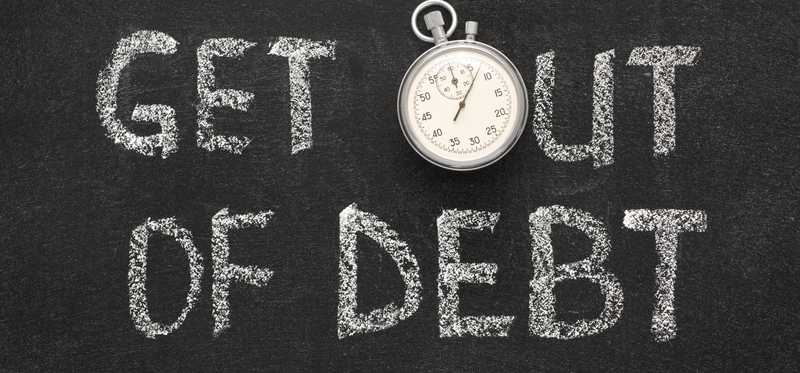
11. Use good debt to your advantage, and rid yourself of bad debt
While it might seem counterintuitive to categorize debt as "good" versus "bad," the fact remains that not all debt is the same or will have an equal impact on your overall financial health.
For example, a form of debt such as a mortgage on a home is linked to an asset that could compound your overall net worth with time. On the other hand, a form of debt like a huge outstanding credit card balance will only hurt your financial health and weigh you down, not to mention bring down your credit score (which can affect everything from your ability to obtain favorable loan terms to getting a job that you want).
Make a list of all the debts that you currently owe and categorize them by the type of debt and the level of interest charged. Whether it will take months or years, focus now on discharging bad forms of debt, particularly high-interest ones, even if it requires you to make a detailed monthly plan to repay those liabilities one by one.
ALSO READ: Is Your Money in the Right Savings Account? Here's How to Know
Previous
Next
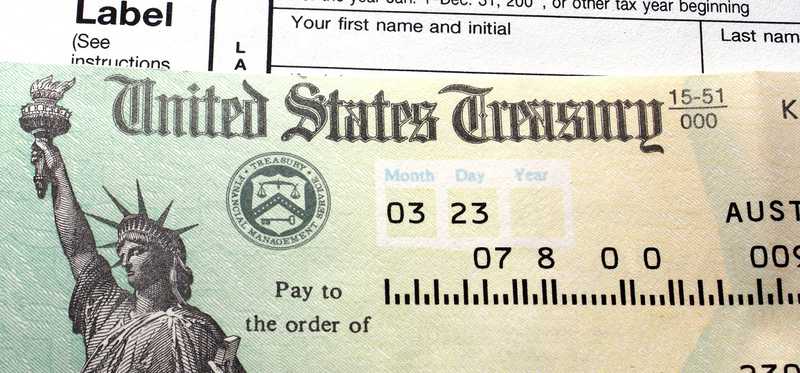
12. Don't let tax refunds go to waste
When tax season rolls around, if you are due for a refund, you might be tempted to simply sit on that cash. Now, if your savings stash or emergency fund are lacking, this might be the ideal place to park your tax refund.
Likewise, if you have debt to pay off, a tax refund can provide some extra capital to do so. Depending on your circumstances and the amount of the refund, it may also be worth considering investing a portion of your tax refund into your portfolio.
Previous
Next
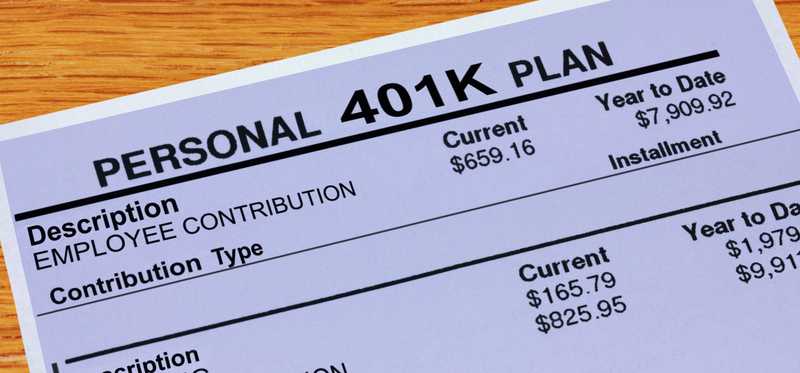
13. Jump on 401(k) matching contributions if your employer offers them
If your company offers a 401(k) plan, it may also have a matching program in place that you can benefit from. While matching programs vary by the company, often this means that when you put money into your 401(k) each month from your earnings, your employer will match part or all of that figure, to a certain threshold.
In short, you could potentially double your 401(k) contributions by taking advantage of a matching program if your employer offers one. And if you're self-employed, consider looking into a solo 401(k) as part of your retirement planning.
ALSO READ: Here's an Easy Way for 87 Million Americans to Make a Lot More Money
Previous
Next

14. Don't be afraid to start small and work your way up
Saving for retirement is a journey. The sooner you start, the more you can benefit from the fruits of your consistency and time.
For example, let's say you were to start putting $500 a month every month toward retirement starting now. If you didn't increase your contribution at all with time, in 10 years, even with a mid-single-digit level of return -- which is considerably lower than the market's overall return in the past decade -- you'd still have more than $60,000 at the end of that period.
Of course, that amount could vary depending on the way in which you invest your money and the types of assets you choose, among other factors. The point is, rather than letting your cash sit idle, putting it to work -- and putting it to work on a frequent basis -- is how you build retirement wealth over the long haul.
Previous
Next

15. Consider taking a side job to boost your savings potential
If you're worried that current factors in the market or simply personal circumstances may prevent you from achieving the retirement savings you desire, you may want to consider looking at extra ways of earning money.
You don't have to even leave the comfort of your home to undertake a potentially lucrative side hustle.
From online surveys to remote transcription to copywriting to virtual assistant work to random online tasks, whatever your professional background or interests, the gig economy is overflowing with opportunities to pursue with even just a few extra hours of availability per week.
5 Stocks Under $49
Presented by Motley Fool Stock Advisor
We hear it over and over from investors, “I wish I had bought Amazon or Netflix when they were first recommended by The Motley Fool. I’d be sitting on a gold mine!" It's true, but we think these 5 other stocks are screaming buys. And you can buy them now for less than $49 a share! Click here to learn how you can grab a copy of “5 Growth Stocks Under $49” for FREE for a limited time only.
Previous
Next

Investing for retirement in 2022 and beyond
It doesn't matter how far away you are from retirement -- it's never too soon to start planning for a better financial future for yourself and your loved ones. And if you're closer to retirement and feel as though your financial plan for the future is lacking, take heart. It's never too late to work on boosting your savings and strengthening your investment portfolio to provide you with a stable source of income in your retirement years.
The Motley Fool has a disclosure policy.
Previous
Next
Invest Smarter with The Motley Fool
Join Over Half a Million Premium Members Receiving…
- New Stock Picks Each Month
- Detailed Analysis of Companies
- Model Portfolios
- Live Streaming During Market Hours
- And Much More
READ MORE
HOW THE MOTLEY FOOL CAN HELP YOU
-
Premium Investing Guidance
Market beating stocks from our award-winning service
-
The Daily Upside Newsletter
Investment news and high-quality insights delivered straight to your inbox
-
Get Started Investing
You can do it. Successful investing in just a few steps
-
Win at Retirement
Secrets and strategies for the post-work life you want.
-
Find a Broker
Find the right brokerage account for you.
-
Listen to our Podcasts
Hear our experts take on stocks, the market, and how to invest.
Premium Investing Services
Invest better with The Motley Fool. Get stock recommendations, portfolio guidance, and more from The Motley Fool's premium services.